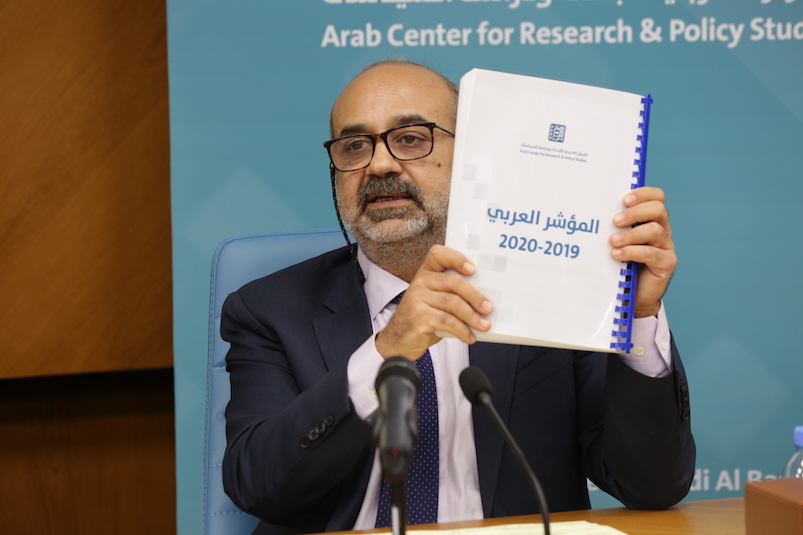Last Updated on: 8th April 2024, 08:36 am
Both those who played the part of the Easter Bunny this year and those who enjoyed the various chocolate delights left behind may have come to the same conclusion when looking at their basket of treats – everything seems a bit smaller, and more expensive to boot.
A UK consumer group, Which?, reported that while last year, a Maltesers truffles luxury Egg could be purchased for £8 at Waitrose, this year the price was raised a staggering £5, reaching £13 for the same egg. Furthermore, a large Mars milk chocolate egg dropped from 252g to 201g. It seems that consumers are lucky to only be faced with one option at the supermarket – smaller size or bigger price. However, sometimes the two go together and consumers are left paying more for less–a losing proposition for any household as the cost-of-living crisis stays constant across most of the world.
In a large part, the increase in prices is understandable. West Africa—the world’s main cocoa-growing region—has suffered poor weather and disease only further aggravating an already fragile context. The region has experienced compounding structural problems in the cocoa industry, ranging from aging trees to continued under-investment in climate change. Concretely, this translates to West Africa offering dramatically reduced yields and plunging global supplies for the third consecutive year. An increasingly complicated production infrastructure does not facilitate matters; BNP Paribas analyst Max Gumport said that a new EU law aimed at the sale of cocoa beans grown in areas of deforestation has already folded in increased ‘structural costs’.
The increasing costs being passed onto consumers go beyond what might be considered luxury products, like chocolate. Basic snacks and cleaning products have also suffered from seemingly ever-increasing price increases. It’s a complicated moment for politicians when consumers are forced to make choices regarding what they can afford to put in their shopping basket this week, especially with European elections looming in June.
Bigger Fish to Fry?
Surprisingly, Brussels seems to have its sights set on policies it deems more important than making foodstuffs affordable for consumers– like the harmonization of Front of Packaging (FOP) labels. For those unfamiliar with the French label, Nutri-Score grades foods on an A-E scale based on a highly contested algorithm that gives food a letter grade and an associated stoplight color (green to red). Despite promises to help consumers make easy and informed decisions, Nutri-Score’s results have fallen far short of its promises on either side. Nutri-Score has experienced intense criticism from both Member States and the scientific community. A core criticism of the label has been its faulty assumptions and overly simplistic views of essential nutrients like salt and fat.
In countries where there is a strong presence of heritage foods such as Olive Oil, Serrano Ham, Roquefort, etc., Nutri-Score has been viewed with a particularly critical view. This distrust is not unfounded – the products that suffer the most unfairly under the Nutri-Score label are heritage foods. Governments are starting to take a stand against this discrimination. In France for example, Antoine Armand, a deputy from Haute-Savoie recently addressed a letter to the Minister of Health and Prevention, Frédéric Valletoux, with the signatory support of 50 other deputies, underlining the necessary revision of Nutri-Score calculation methods.
This move is far from surprising, especially when considering that according to the deputies, “milk, deli meats, and AOP and IGP cheeses are the big losers in this ranking” certain French heritage products find themselves with the same Nutri-Score grade as certain sodas. Not only does this actively mislead the consumer in the grocery store, but it harms farmers and national economies as products that have been classified as having exceptional terroir or farming methods when products like Reblochon or Abundance receive poor grades. This is underlined by Jean-Michel Lecerf, a world-renowned nutritional expert who says that the core issue with Nutri-Score and other FOP labels is that, “Food is much more complex than a sum of selected foods. It {Nutri-Score} only offers a reductionist approach.”
Ultimately, Nutri-Score is a manifestation of poor legislative decisions by Brussels and an inability to offer serious solutions to issues that matter to European citizens. Unfortunately, the FOP label helps neither consumers nor producers but hinders both– either in their decision making or their production process.
Size is worth a grade
As European elections loom and MEPs ask themselves what they might legislate on to curry favor with their constituents, their instinct to look into voters’ shopping baskets might not be incorrect–they’re simply focusing on the wrong policy areas. If Brussels is seeking to enact legislation with significant impact, an intriguing proposal has been put forward by the cabinet of French finance minister Bruno Le Maire. France has sought the EU’s approval for a proposed law mandating supermarkets to label products that have been discounted by a specific percentage. This legislation could prove to be very popular. As incomes continue to lag behind inflation, more and more consumers are paying attention to the bottom line. The weekly grocery shops of consumers are on a tight budget, and legislation that protects the consumer from various shrinkflation strategies will go far in earning consumer trust. It seems like the sort of common-sense policy proposal that would have cross-party popularity.
Should Brussels choose to legislate on such issues, it is likely that voters will offer a better grade. After all, size (and price) does matter–and as Andrew Moriarty, from Mintec, a commodities data group, says it’s not going to get better. The full impact of cocoa prices has yet to trickle down to chocolatiers fully. Throw the voters a bone, or better yet, a reasonably priced chocolate bar.









